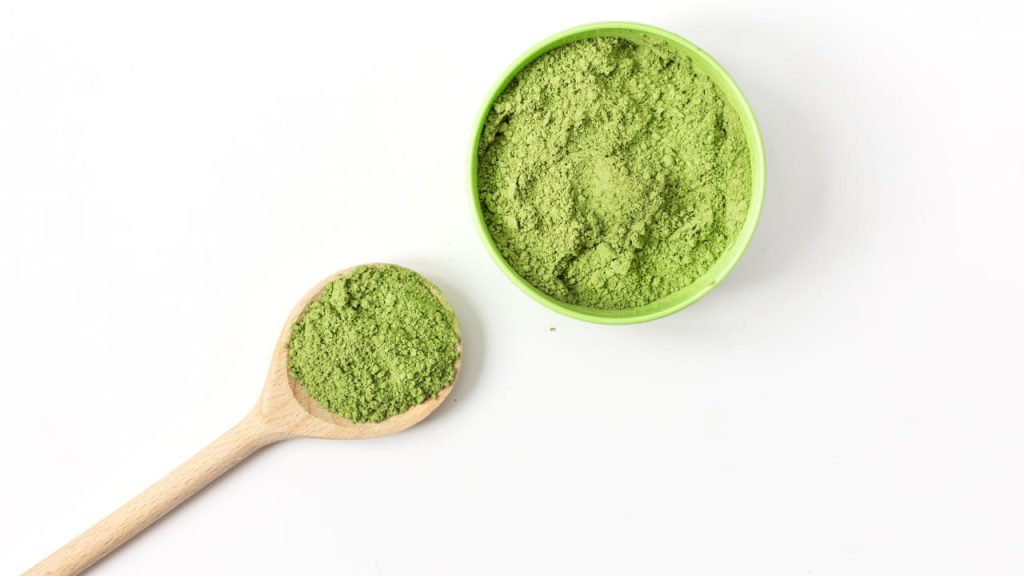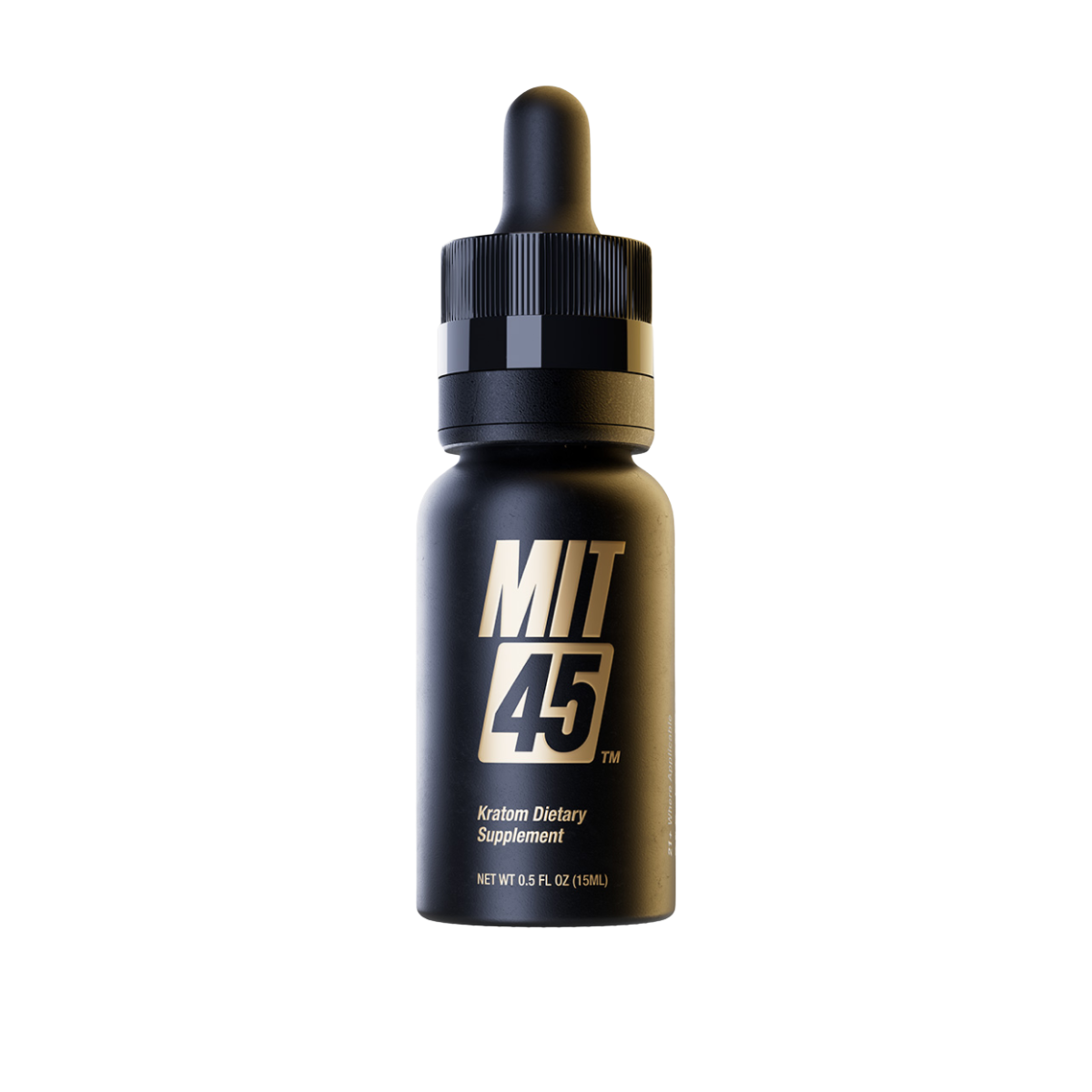As kratom and kava are both gaining popularity in the Western world, you may be confused about each of them. While having some of the same benefits, they’re not exactly the same. You may be curious about the differences between kratom and kava, their legal statuses, and how to use them to have the experience you’re looking for.
From gym locker rooms and kratom and kava bars to living rooms across the country, those in the know are talking about the benefits of these two similar but different plant products. If you’re not sure which one is right for you, we’ve got you covered. We’ll tell you all you need to know about kratom and kava.
What Is Kratom And What Are The Benefits?
Scientifically known as Mitragyna Speciosa, kratom is a tropical evergreen tree that grows naturally in Malaysia, Indonesia, Thailand, and other parts of Southeast Asia. For centuries, in the places where it grows naturally, it’s been a favorite of farmers, fishermen, and other workers who have labor-intensive jobs as a productivity aid. It was also used as ceremonial tea during get-togethers.
The tree’s leaves were typically chewed or dried to brew tea. Now popular in other parts of the world, kratom is available as powdered leaves perfect for brewing tea or adding to non-alcoholic or non-carbonated beverages, as liquid extracts, gummies, and even as easy-to-swallow capsules.
The benefits of kratom are due to its unique blend of alkaloids, namely mitragynine, 7-hydroxymitragynine. All of kratom’s alkaloids interact and influence different receptors in the brain, providing users with different experiences.
What Is Kava?
Scientifically known as Piper methysticum, kava is a shrub indigenous to the Pacific Islands, most notably Polynesia. The product we know as kava is derived from the roots of the plant that are ground up and used to prepare a beverage, typically using a coconut shell. It played a significant role in social gatherings and rituals on the Fuji, Samoa, and Vanuatu islands. The beverage was consumed ceremonially and as an aid for social bonding.
Now available in most of the world, ground kava powder is usually strained and mixed in water to produce a beverage that some refer to as kava tea. However, it’s typically not consumed hot. It’s also available as tinctures, capsules, and extracts.
What provides kava users with the benefits they seek lies in its kavalactones, which primarily influence the body’s GABA receptors.
Breaking Down The Key Differences Between Kava And Kratom
Kava and kratom, usually grouped together, belong to two different worlds, implying there are several differences between them. Let’s understand them with the help of a chart.
| Category | Kava | Kratom |
|---|---|---|
| Botanical classification | Shrub | Tropical evergreen tree |
| Primary Alkaloids | Kavalactones | Mitragynine and 7-hydroxymitragynine |
| Uses | Traditionally prepared as a drink, consumed in ceremonial settings | Preferred in individual settings for functional purposes; now found in powders, capsules, shots, etc. |
| Legality | Legal across the U.S. | Legality varies from state to state—no uniform pattern |
| Climate | Grown in regions where the climate comprises partial shade and volcanic-rich soil | Thrives in dense forests having rich, moist soil |
| Taste | Has an earthy, muddy taste | Tastes bitter with a herbal note |

What Are The Benefits Of Kratom And Kava?
While there is some crossover between the benefits of kratom and kava, they aren’t identical. Both can provide pronounced effects; kratom is much different than kava. Kratom serving sizes play a significant role in what effects an individual will experience, while kava, no matter the serving size, will more or less provide the same results.
Kratom’s benefits can include:
- Energy-boosting: Smaller serving sizes of kratom are reported to have uplifting [1] and energizing effects [2]
- Focus enhancement: Many users claim that kratom may help enhance or improve focus [3] and alertness [4]
- Mood enhancement & socializing: Kratom may assist with mood enhancement [5] and socializing [6]
- Increased relaxation: Larger serving sizes may assist with enhancing relaxation [7] and tranquility [8]
Kava may provide the following benefits:
- Increased relaxation: Kava’s primary benefit may involve relaxation [9] without sedation
- Mood enhancement: May elevate mood [10]
- Sleep enhancement: Due to its deep relaxation effects, many use kava for its potential to improve sleep quality [11]
Can You Get Addicted To Kava Or Kratom? Here’s The Truth
Though kratom and kava are natural botanicals, that does not mean there’s no risk involved in their consumption. Encouraged daily use might lead to a habit that can be difficult to change in most cases. Also, because both interact with the body in different ways, what could cause addiction for one person might not for another. Simply put, many factors decide whether either of them can lead to addiction.
So, to make sure something like ‘addiction’ doesn’t occur, it is imperative to seek help. And who better than medical practitioners and physicians to guide you? These individuals can advise you on dosage, usage period, and—most importantly—whether either of the two aligns with your needs.
Choosing Between Kratom And Kava: What Really Matters?
There doesn’t exist one best option between kratom and kava. The reason? Choosing is merely about going for a product based on what you want to achieve—in simple terms, what you expect it to deliver. This idea applies to both kava and kratom. You’d want to go for either of them based on several considerations. Following are some of them:
- Everyone’s body reacts differently; some may build a tolerance to either of them faster than others.
- How much you take matters.
- Using either regularly over long periods can increase the chances of dependence.
- Potency varies between strains. Because of the differences in strength and effects, your body’s reaction may vary, too.
The Legality Of Kratom And Kava
If you’re interested in experiencing the wonders of kratom and kava, their legality is something worth mentioning. While kava is generally accepted and legal in the United States and beyond, there are some issues with kratom regarding its legality around the world.
The Legality of Kratom
- Alabama
- Arkansas
- Indiana
- Rhode Island
- Vermont
- Wisconsin
Internationally, kratom has been banned in:
- Australia
- Denmark
- Finland
- Israel
- Japan
- Lithuania
- Malaysia
- Myanmar
- New Zealand
- Poland
- South Korea
- Sweden
- Vietnam
The Legality of Kava
Kava is legal and generally recognized as a dietary supplement in the United States. However, parts of the global community have banned its sale and possession. These countries include:
- Canada
- France
- Germany
- Iceland
- Japan
- Latvia
- Netherlands
- Poland
- South Africa
- Switzerland
- United Kingdom
Recommended Usage Of Kratom And Kava
Fans of both kratom and kava have their personal reasons for its use. While there’s a lot of crossover between the two as far as experiences go, kratom definitely provides users with a wider range of effects as compared to kava. For both, paying close attention to serving sizes and monitoring your body to reduce risks is vital.




